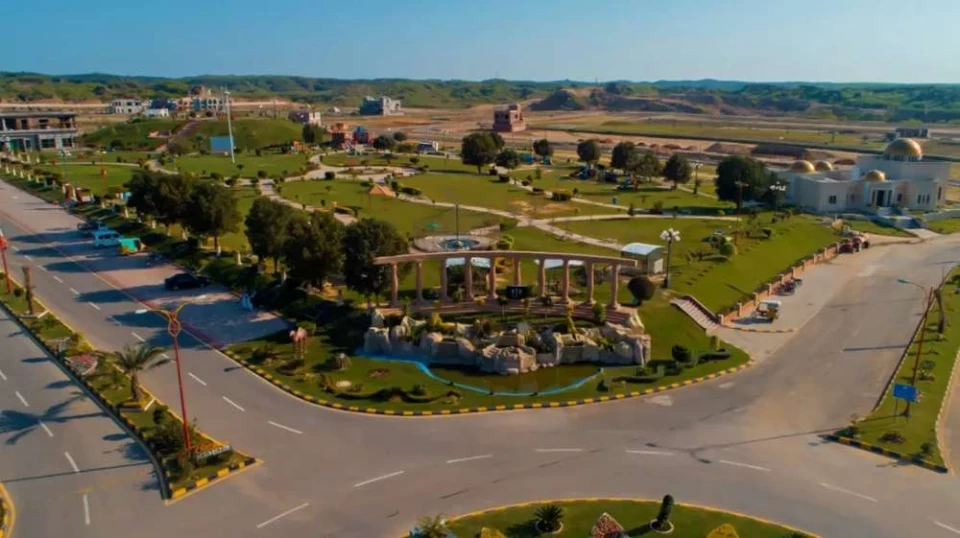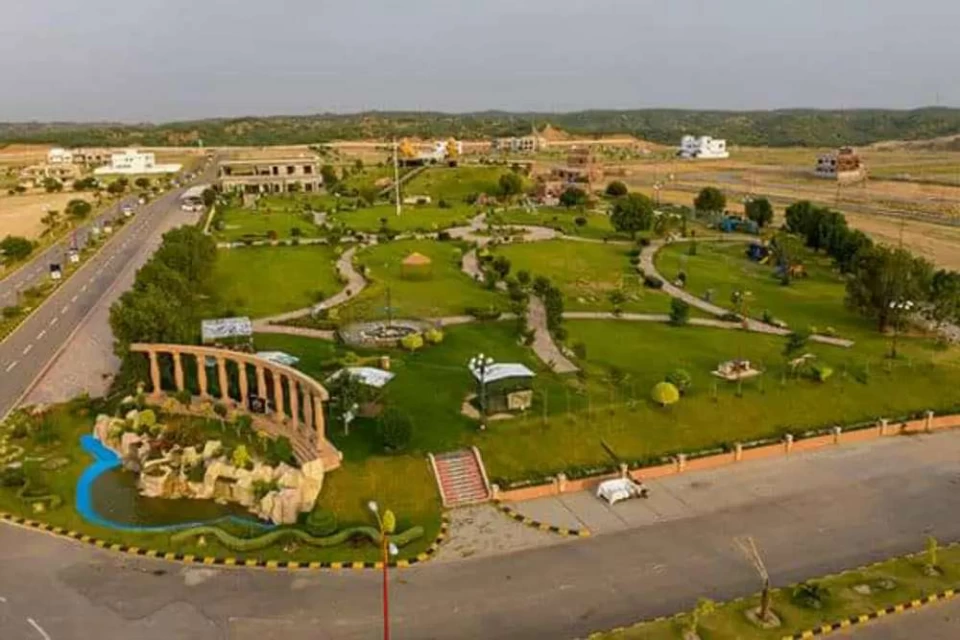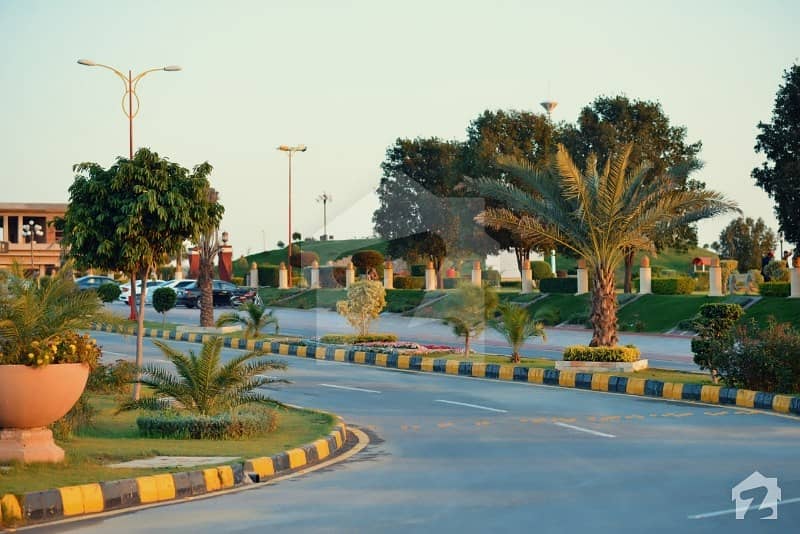
Old Gt Road Gujrat To Lakhanwal
The construction of a dual carriageway from Old GT Road Gujrat to Lakhanwal is a significant infrastructure project aimed at enhancing transportation connectivity and facilitating economic growth in the Gujrat district of Pakistan. This project, part of Group No. IV, covers a length of 29 kilometers, specifically from Kilometer No. 21.00 to Kilometer No. 29.00, spanning approximately 8 kilometers. The dual carriageway is expected to improve traffic flow, reduce congestion, and promote regional development.
High Court Rest House at Mirpur
The construction of a dual carriageway from Old GT Road Gujrat to Lakhanwal is a significant infrastructure project aimed at enhancing transportation connectivity and facilitating economic growth in the Gujrat district of Pakistan. This project, part of Group No. IV, covers a length of 29 kilometers, specifically from Kilometer No. 21.00 to Kilometer No. 29.00, spanning approximately 8 kilometers. The dual carriageway is expected to improve traffic flow, reduce congestion, and promote regional development.
Project Overview:
- Project Name: Dual Carriageway from Old GT Road Gujrat to Lakhanwal
- Location: District Gujrat, Pakistan
- Length: 29 kilometers (Group No. IV: Kilometer 21.00 to 29.00)
- Carriageway Type: Dual (Two Lanes in Each Direction)
- Project Commencement Date: [Insert Date]
- Expected Completion Date: [Insert Date]
- Project Cost: [Insert Cost]
Project Objectives:
Enhance Transportation Efficiency: The dual carriageway will improve the overall transportation network, making it more efficient for the movement of goods and people.
Reduce Congestion: By providing a dedicated dual carriageway, the project aims to reduce traffic congestion on this crucial route, leading to smoother traffic flow.
Promote Economic Growth: Improved transportation infrastructure will stimulate economic growth in the region by attracting investment and encouraging trade.
Enhance Safety: The project includes safety measures such as proper signage, lighting, and road markings to ensure the safety of commuters.
Key Features of the Project:
Road Widening: The existing road will be widened to accommodate two lanes in each direction, separated by a median.
Drainage Systems: Efficient drainage systems will be installed to prevent waterlogging and maintain the road’s integrity.
Land Acquisition: Land acquisition and compensation for affected properties will be carried out as per government regulations and standards.
Pavement Quality: The dual carriageway will have a high-quality pavement surface to ensure durability and smooth travel.
Road Signage and Safety Measures: Adequate road signage, lighting, and safety barriers will be installed to enhance road safety.
Benefits:
Improved Connectivity: The project will enhance connectivity between Gujrat and Lakhanwal, making it easier for people and goods to move between these two areas.
Reduced Travel Time: With reduced congestion and smoother traffic flow, commuters will experience reduced travel times.
Economic Opportunities: The improved road infrastructure will attract businesses, leading to economic growth, job creation, and increased investment in the region.
Enhanced Safety: The implementation of safety measures will reduce accidents and make the road safer for all users.
Conclusion: The construction of the dual carriageway from Old GT Road Gujrat to Lakhanwal is a vital infrastructure project that aims to improve transportation connectivity, reduce congestion, and promote economic development in District Gujrat. This project will not only benefit the local population but also contribute to the overall development of the region. It is expected to enhance the quality of life for residents and boost economic opportunities for businesses and industries in the area.


